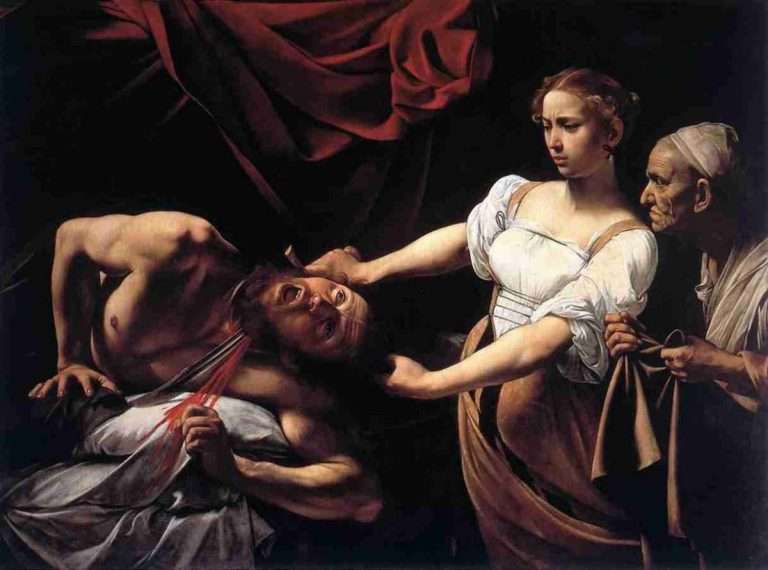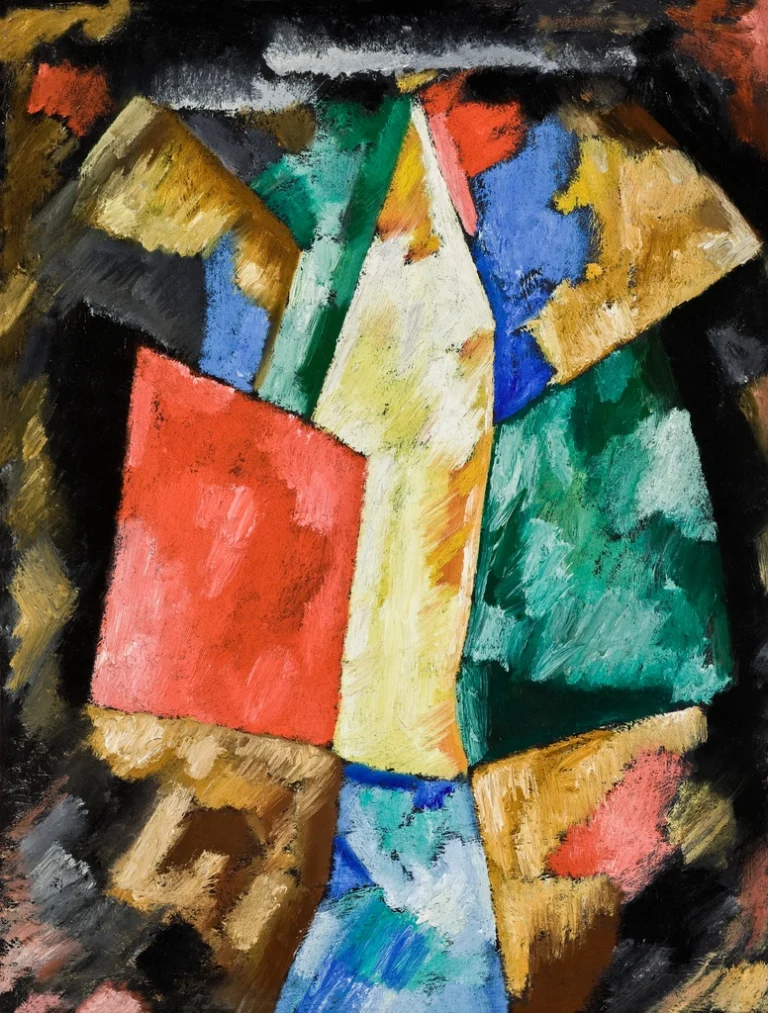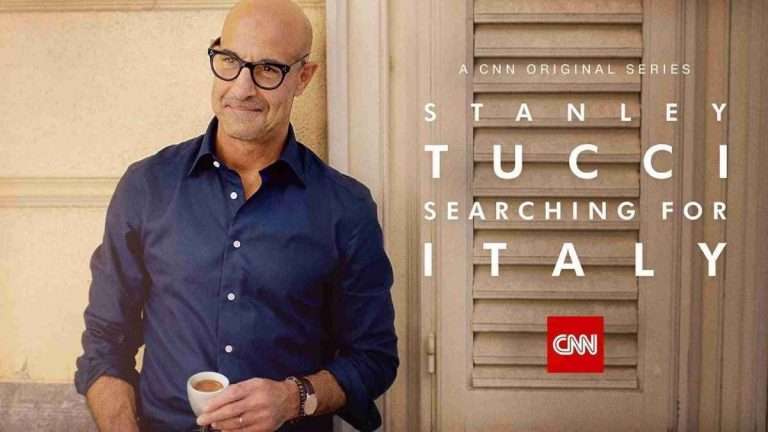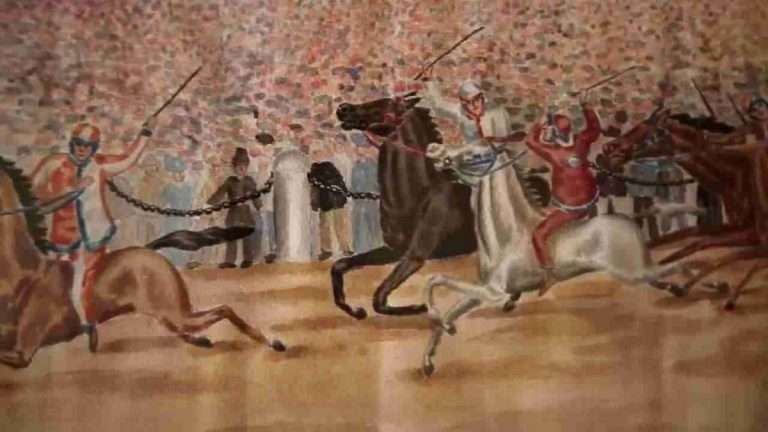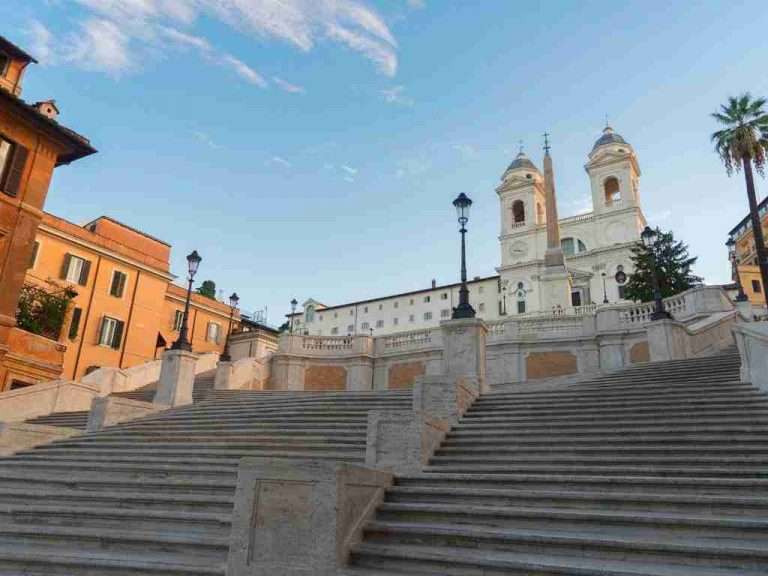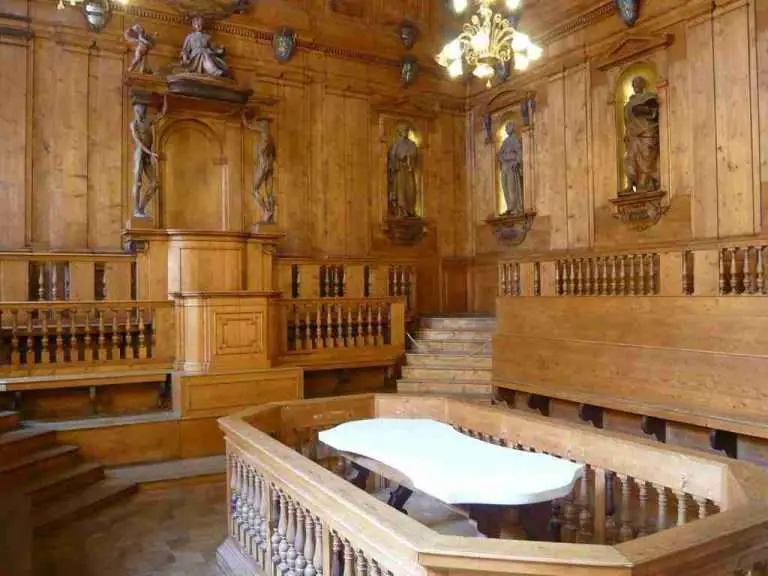
I was browsing a bookstore on the Upper East Side yesterday when I saw that one of the store employees had highlighted Salman Rushdie’s new work The Enchantress of Florence.

The Enchantress of Florence
by Salman Rushdie
Yes, the Nobel-prize winning author of Midnight’s Children and The Satanic Verses is now trying his hand at spinning a tale about Florence during the time of the Medici and combines this story with settings in India and the near East.
Here’s a short clip from Michael Dirda’s review in The Washington Post:
Last updated on December 10th, 2020Set during the 16th century, The Enchantress of Florence is altogether ramshackle as a novel — oddly structured, blithely mixing history and legend and distinctly minor compared to such masterworks as The Moor’s Last Sigh and Midnight’s Children — and it is really not a novel at all. It is a romance, and only a dry-hearted critic would dwell on the flaws in so delightful an homage to Renaissance magic and wonder.
In these languid, languorous pages, the Emperor Akbar the Great dreams his ideal mistress into existence, a Florentine orphan rises to become the military champion of Islam, and a black-eyed beauty casts a spell on every man who sees her. Other characters include Machiavelli and Botticelli, Amerigo Vespucci, Adm. Andrea Doria, and Vlad the Impaler (a.k.a. Dracula), not to discount various Medicis and the principal members of the Mughal court of Sikri, India. The action itself covers half the known world: the seacoast of Africa, the Indian subcontinent, the battlefields of the Middle East, Renaissance Italy, and the newly discovered New World.
Yet whatever the locale, The Enchantress of Florence is bathed throughout in Mediterranean sunlight and Oriental sensuousness. Its atmosphere derives from the Italian Renaissance epic, especially Ariosto’s magic-filled Orlando Furioso, and from such latter-day reveries of Eastern splendor as Italo Calvino’s Invisible Cities (which features Marco Polo and Akbar’s grandfather Kublai Khan).
Here, then, is a gorgeous 16th century that never quite was, except in operas, masques, and ballets.
Post first published on May 31, 2008

